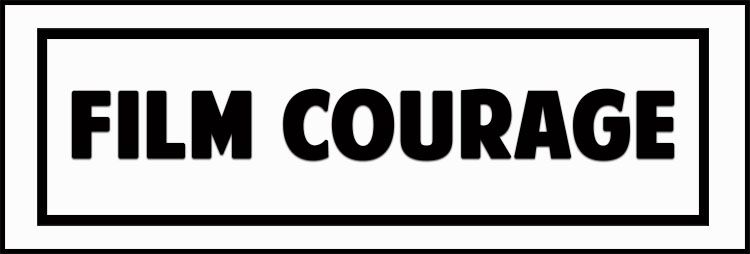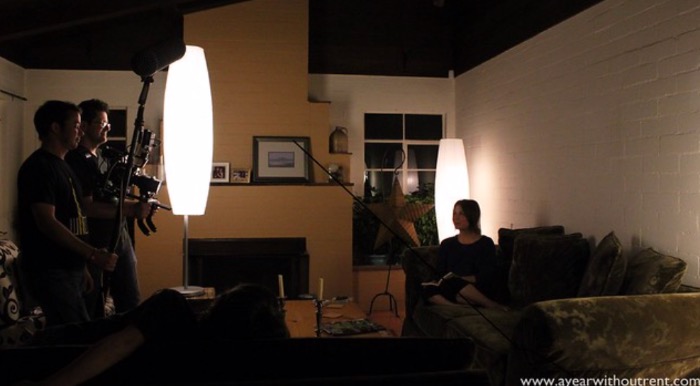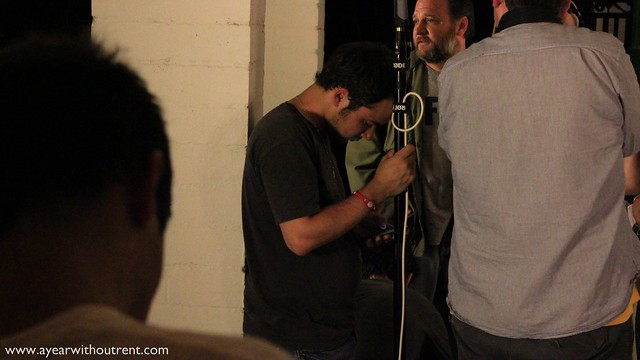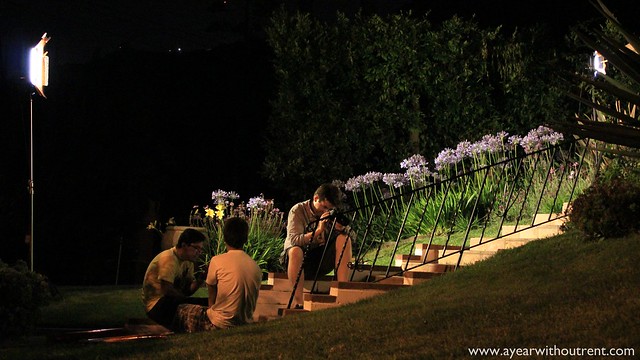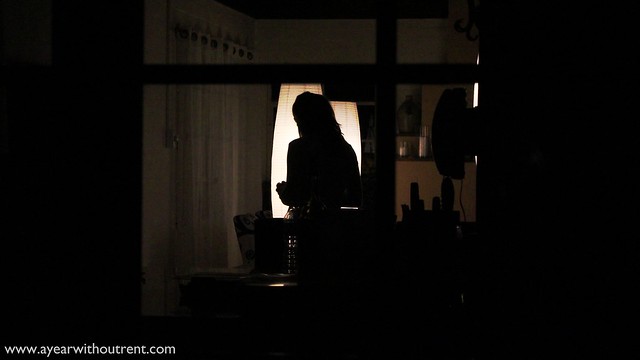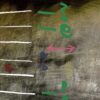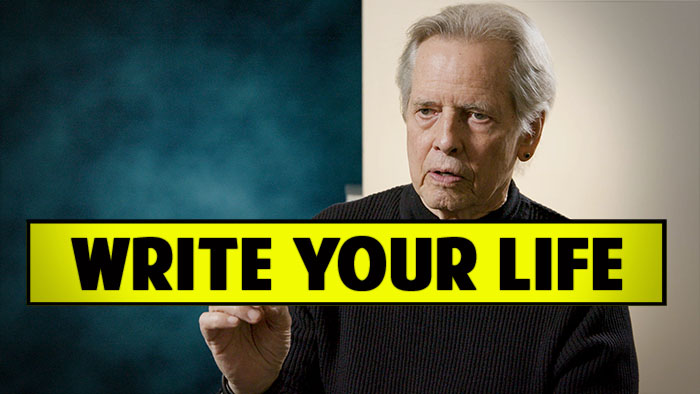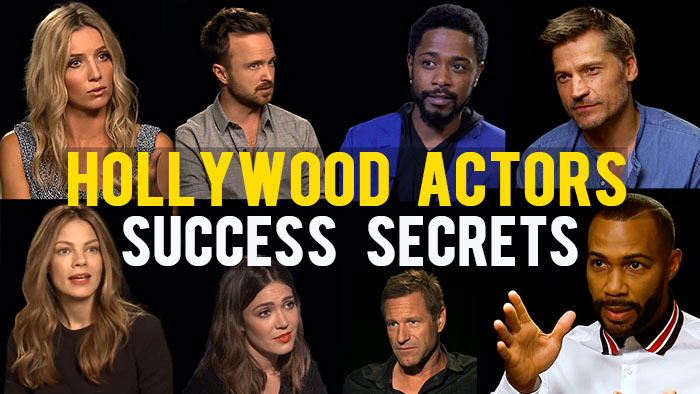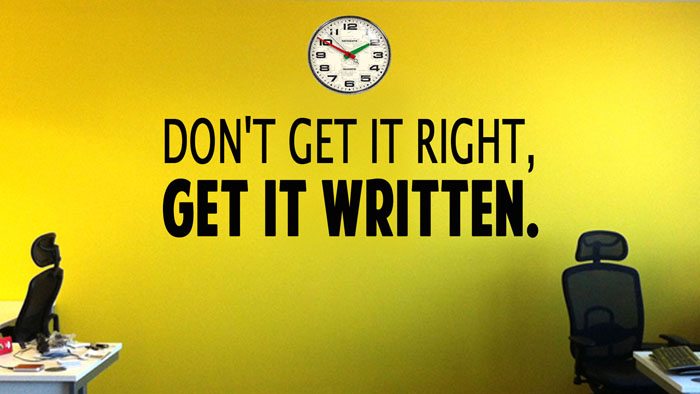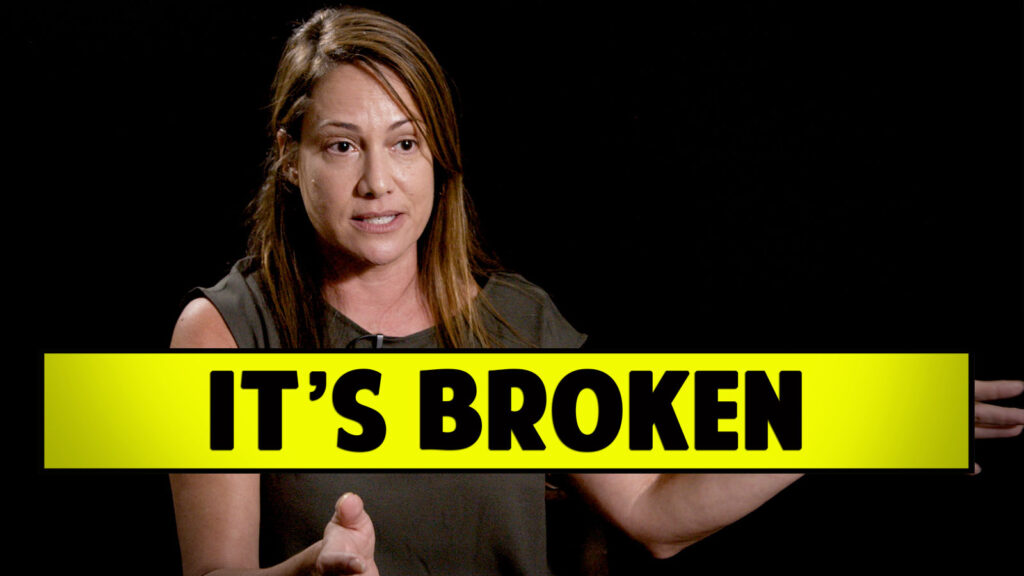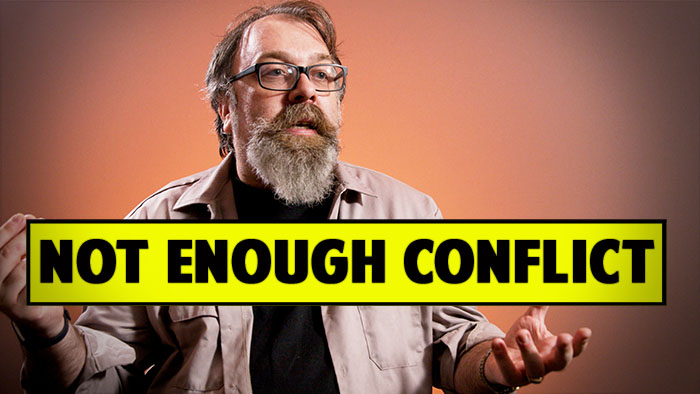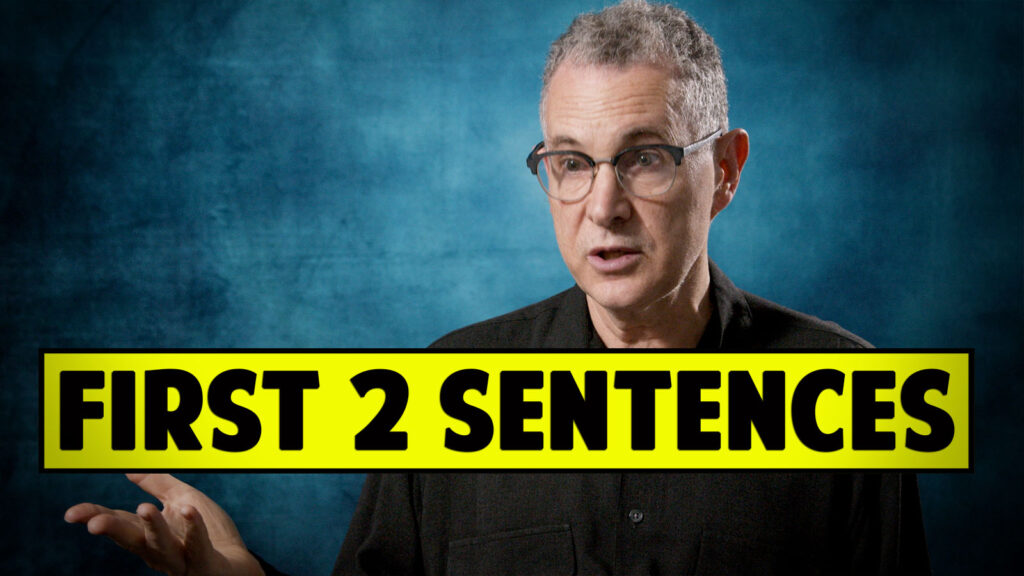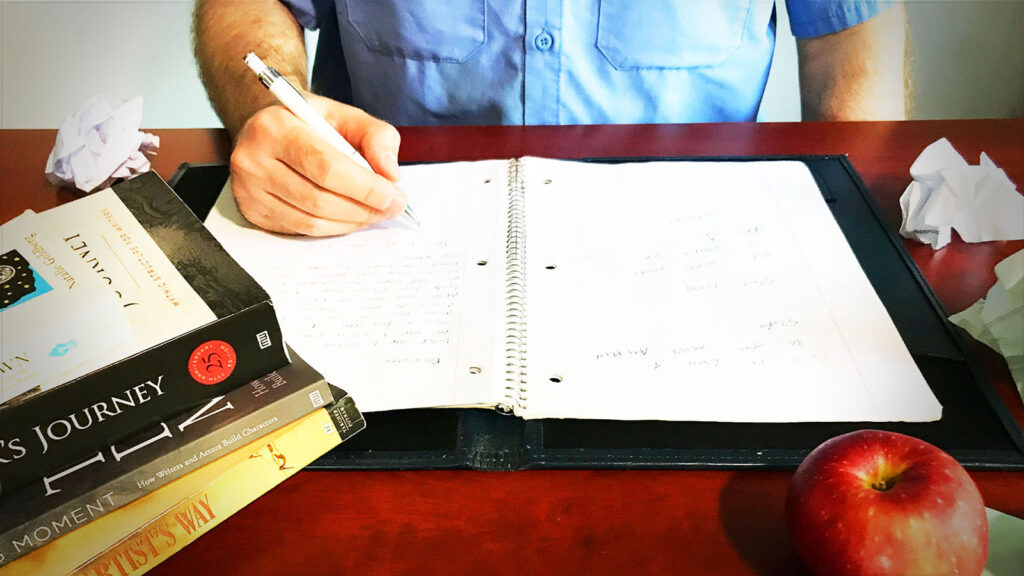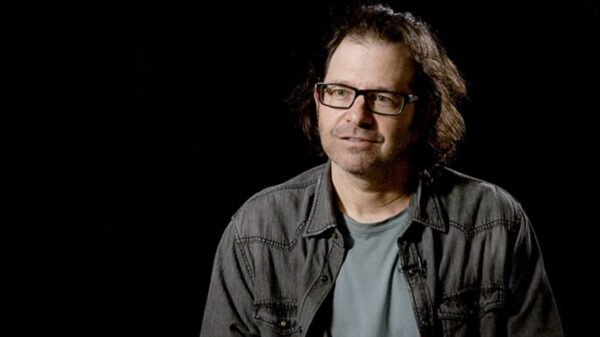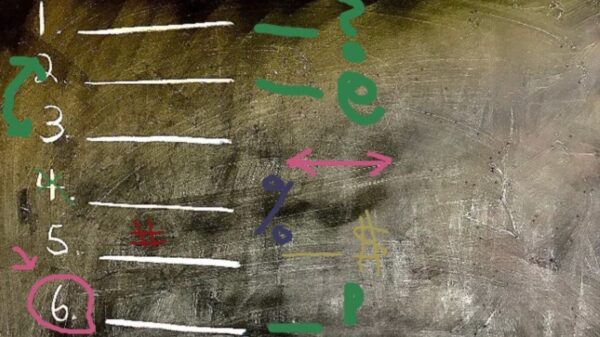Previously, on FAVOR: Paul Osborne drove us out into the desert with a shovel and told us to dig (what could go wrong?). Well, now we’re back at his house for a day of filming (it’s a scheduling thing).
The schedule calls for something of a shorter day (even by Paul’s standards), and we’re mostly shooting exteriors, so many of the lighting issues from the other day persist.
Mainly, when the shots call for action on the porch, it’s more or less simple. The soft lights work, as the porch is covered and the light can bounce around rather than vanishing into the Burbank night. Add in the LEDs throwing light in from the flower bed, and the big issues basically revolve around shadows and reflections in the window. Nothing too complicated.
And that would be great, but there’s one more point of action–the street. The shot is essentially this: Blayne Weaver drives his car to the front of the house and walks to the front door. Sounds easy, right? During the day it would be. But you can’t just send Blayne into the darkness. People will (hopefully) pay good money to watch the movie and will want to see him (audiences, sheesh), so we’ve got to light it. Paul wants it to be a pretty wide shot, so it’s up to us to make that work.
Remember, we have very few lights, and not good ones.
You’d assume the first step here would be to figure out the shot, but it isn’t. Well, not exactly. You want to figure out the general camera POV. There’s no point locking yourself into a shot until you know what you’ll be able to light. In our case, we want the camera to be across the street, which will allow the lights in the house and the streetlight to act as practicals.
Next, the most powerful light we’ve got (a 1K LED) is going to have to work as a general light. In normal night scene, it’d be the moon. For a day scene it’d mimic the sun, but we want it to look like another streetlight. It goes on the only c-stand and we jack it all the way up. That’ll give us a general wash.
We have to run power from the house, which is tricky, as we’ve got orange extension cords that the camera will see. So we have to hide them. This is pretty simple, as we just have to snake them as far to the side as possible.
Then comes the tricky part: lighting the lawn.
Paul’s lawn is on a hill. A pretty steep hill. For obvious reasons you don’t want to put a light on a hill. There’s a couple of spots that are kind of flat, but most of them would most definitely be in whatever shot we could possibly use. We can put one of them on the far-left side of the lawn, which has two pretty level spots, and throw some light across the grass. This is now the left edge of our frame (and why we don’t pick a shot before we look at lighting options). Whatever we do, that’s as far left as we can go.
The soft lights are pretty useless here, but they can put more light in the house, which should spill out the windows a tiny bit. And even if they don’t, the light will read better in the house.
Since we’re going to want to see the car approach from the right (Paul’s house is at the end of a dead end street, which is convenient for our purposes), we don’t really have a right edge of the frame. That is, we can’t exactly mimic what we did on the left.
But, there are some trees. If we put the other 500W LED on the pavement up by the porch, we might be able to hide it behind the tree. Best we can tell, that’s our only place to hide a light on that side. So it kind of has to go there.
So far, it doesn’t look terrible. It’s pretty dark, though, so we take the small battery-powered work light, gel it orange, and hide that on the lawn itself.
By this point, we have a pretty good idea of where the camera is going to have to be, whether Paul wants it there or not. Aspiring directors take note. There will be points in your filming career, especially on low-budget shoots, where the lighting and camera people will tell you that this is the shot. Your first instinct will (rightly so) be to question that. But if they’re sure, don’t fight it. Chances are this is the only place the shot can be. They’re not trying to usurp your directorial genius or vision. It’s simply that they know for a fact that this is the only option you have. Have them explain it to you and go with it. You brought them onto the film to do a job. Be smart like Paul Osborne and let them do it.
That covers the lawn and the house. The only thing left is to light where the car will arrive. Sure, the streetlights will do a lot of that, but it could still use some help. We’ve got one more light: a 1000W work light, the type you’d buy at Home Depot. We used it in the desert and it comes out again here. We set it up and there’s a problem: like most work lights, the light has a safety cage on it. Well, the cage is throwing a pretty distinct shadow on the trees. Some diffusion would take care of that, but we don’t have any diffusion and I’m not sure we’d even want to diffuse it. We need every bit of light we can get. But the cage is screwed on. Sure there’s a big sign on it saying that one should never, ever take the cage off. Out comes the screwdriver.
And we’re lit.
But can Bunee Tomlinson, our 18-year-old Production Assistant from Oklahoma, explain to you why we’re lit? Let’s find out.
Filmmaker Lucas McNelly is spending a year on the road, volunteering on indie film projects around the country, documenting the process and the exploring the idea of a mobile creative professional. You can see more from A Year Without Rent at the webpage. His feature-length debut is now available to rent on VOD. Follow him on Twitter: @lmcnelly.



